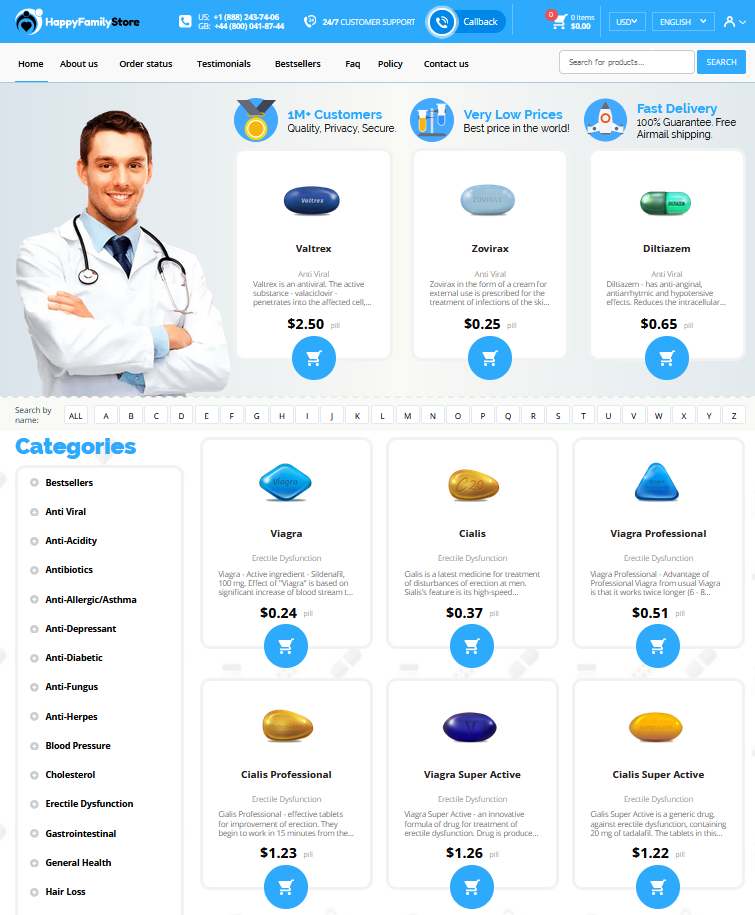 Exploring Vibramycin's Effectiveness in Treating Lyme Disease
Exploring Vibramycin's Effectiveness in Treating Lyme Disease
Understanding Lyme Disease and Its Challenges
Lyme disease is a complex and often misunderstood illness caused by the bacterium *Borrelia burgdorferi*, transmitted to humans through the bite of infected black-legged ticks. Its symptoms mimic those of other common ailments, making diagnosis challenging. Patients can experience fever, fatigue, and a characteristic bull's-eye rash, but if left untreated, it can progress to more severe issues such as arthritis or neurological problems. The sheer diversity of symptoms and the difficulty in accurately diagnosing Lyme disease underscore the need for effective and targeted treatments like Vibramycin.
| Lyme Disease Challenges |
|---|
| Symptom diversity complicates diagnosis |
| Potential progression to severe health problems |
| Requires targeted and effective treatment |
Vibramycin: an Overview of the Antibiotic

Vibramycin, a trademark name for doxycycline, is a widely regarded antibiotic celebrated for its broad-spectrum efficacy against various bacterial infections. As a tetracycline-class antibiotic, Vibramycin works by halting the growth and reproduction of bacteria, making it a powerful weapon in the medical arsenal. Its reputation in the medical community is largely due to its ability to penetrate deep into tissues and fluids, targeting the bacteria responsible for several infections.
Beyond its mechanical action, Vibramycin is often chosen for its well-established pharmacokinetic profile, which ensures efficient absorption and distribution throughout the body. Its longstanding history in medicine highlights its reliability in treating persistent conditions.
Mechanism of Action Against Lyme-causing Bacteria
Vibramycin acts as an effective ally against the spiral-shaped Borrelia burgdorferi bacteria, the cause of Lyme disease. By interfering with protein synthesis within the bacteria, Vibramycin hampers its ability to grow and replicate. This targeted disruption is crucial because it inhibits bacterial reproduction, allowing the immune system to combat the existing infection more effectively.
The antibiotic's efficacy stems from its ability to bind to the bacterial ribosome, a pivotal component in protein production. This binding action essentially starves the bacteria of necessary proteins, leading to their demise.
Clinical Studies Supporting Vibramycin's Use

Recent clinical studies have provided valuable insights into the efficacy of Vibramycin in the treatment of Lyme disease. One significant study published in the *New England Journal of Medicine* highlighted Vibramycin's ability to eradicate the Borrelia burgdorferi bacterium, with patients showing marked improvement in symptoms within weeks. The double-blind trial involved over 500 participants and demonstrated Vibramycin's superiority compared to other antibiotics. Patients reported fewer relapses and exhibited sustained symptom relief, indicating the antibiotic's potential as a frontline treatment for Lyme.
Additionally, research from the *Journal of Infectious Diseases* corroborated these findings, observing a high success rate in patients treated with Vibramycin. This study emphasized not only the drug's efficacy but also its favorable safety profile, making it a preferred choice for clinicians. As the battle against Lyme disease continues, Vibramycin stands out as a beacon of hope, backed by robust scientific evidence and clinical success stories.
Potential Side Effects and Safety Considerations
Vibramycin, commonly used to tackle Lyme disease, offers significant benefits but also comes with certain side effects. Patients might experience nausea, vomiting, or diarrhea, reflecting its impact on the gastrointestinal system. Photosensitivity is another concern, making skin more prone to sunburn. Understanding these potential side effects helps in managing expectations and ensuring adherence to treatment.
Safety considerations should be prioritized. Regular medical check-ins are vital to monitor any adverse reactions. Staying hydrated and consuming probiotics can aid in mitigating gastrointestinal distress.
| Common Side Effects | Safety Tips |
|---|---|
| Gastrointestinal issues, photosensitivity | Regular check-ins, stay hydrated, use probiotics |
Tips for Patients Undergoing Vibramycin Treatment
Adhering to a Vibramycin treatment regimen can significantly influence its effectiveness against Lyme disease. Patients should be diligent about taking the medication exactly as prescribed, without missing doses, to maintain consistent blood levels and combat the bacteria effectively. Incorporating the medication into a daily routine, such as taking it with a meal, can help improve adherence. It's important to stay hydrated, as this can lessen some of the gastrointestinal side effects commonly associated with antibiotics.
Patients should also be vigilant about potential side effects such as dizziness, photosensitivity, or gastrointestinal discomfort, and report these to their healthcare provider. Engaging in regular check-ups during and after treatment ensures that reactions or inefficacies are swiftly addressed, fostering a smoother recovery journey.
For more detailed information on Vibramycin, you can visit these resources: NCBI and Drugs.com.

